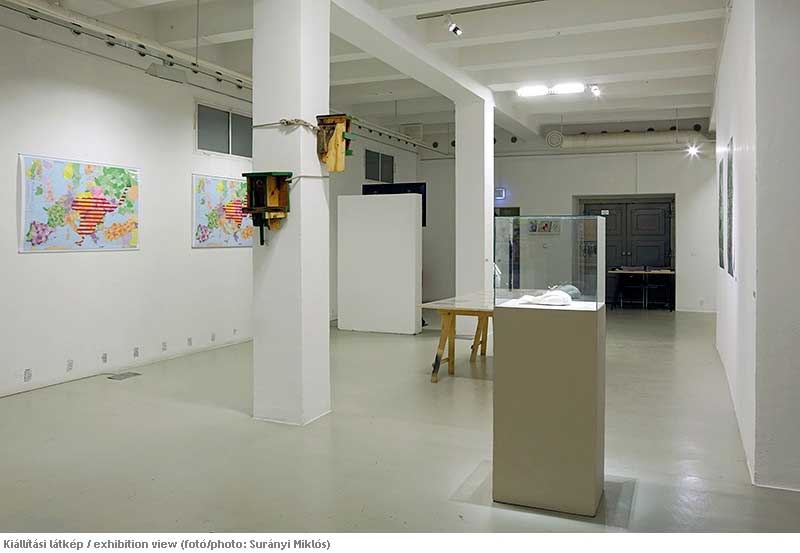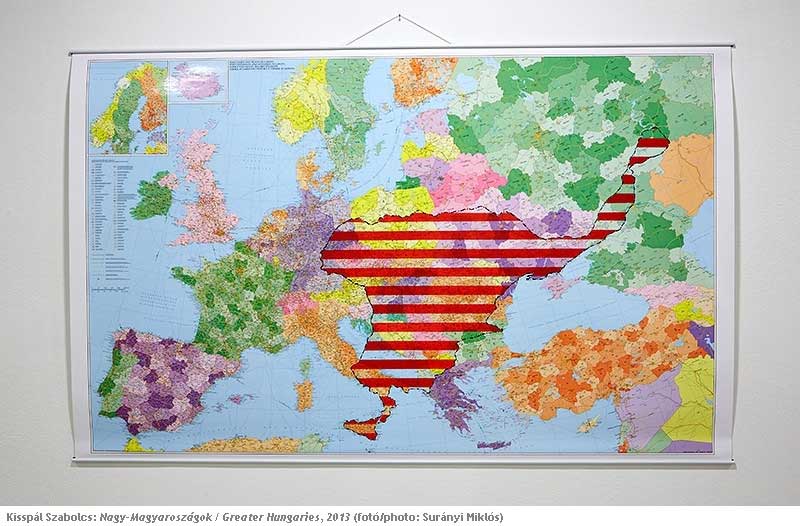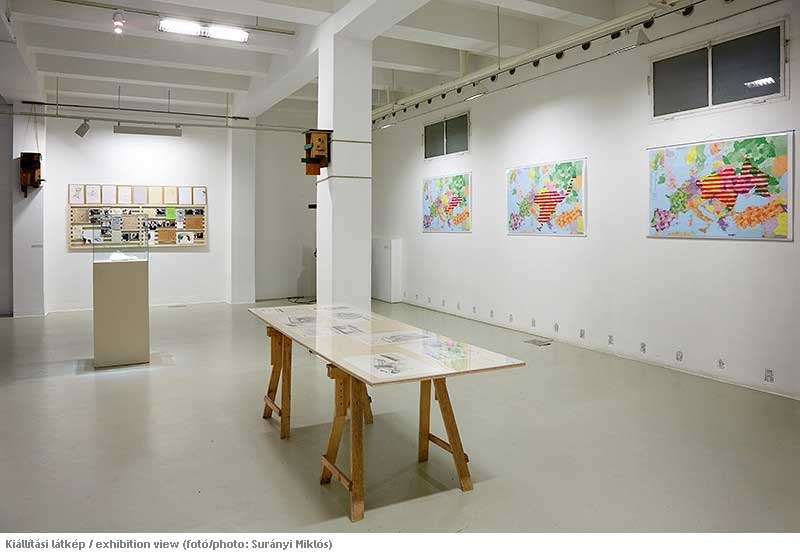greater hungaries
Like a Bird – Avian Ecologies in Contemporary Art
Artists: Greta Alfaro (ES), Anca Benera and Arnold Estefan (RO), Tamás Kaszás – Anikó Loránt (Ex Artists Collective) (HU), Szabolcs KissPál (HU), London Fieldworks (UK), James Prosek (USA) and Andrea Roe (UK)
Curated by: Maja and Reuben Fowkes (translocal.org)
Interview with the curators:
What is the relationship between the Saker Falcon and the mythical Turul bird?
The Turul as a mythical bird cannot be exactly identified with any real species, but based on the historical literary accounts and various depictions the common agreement considers it most probably a subspecies of Falcon called in Hungarian ‘kerecsensólyom’ (Saker Falcon).
You trace the flight path of several falcons and inscribe them on the map of Europe, what does the pattern tell us?
The Turul bird is present in two main stories in the ancient Hungarian legends: first in relation to Emese’s dream described by Anonymus, secondly in the Honfoglalás (landtaking of the Magyars) myth, where the birds lead on as guides the wandering Hungarian tribes into the Carpathian basin, showing them the land of their future country . The myth has its origins in the fact that the Carpathian basin was at the time a major distribution area of the Sake Falcons, therefore the tribes following the birds settled in the most western area, where the species was still present. More than one millennium later, in the framework of a European ecological program for the protection and conservation of the Sake Falcon in the area (LIFE 2006-2010/2014) a number of birds from the region were equipped with satellite tags , and thus the tracing of their real distribution area became possible. As the above mentioned myths are strongly interconnected with the romantic national historiography, we might say that the actual distribution patterns show us the possible territory of Greater Hungary. Therefore the patterns visualize the discrepancy between the real and symbolic as the two conflicting categories of historically constructed national identity.
Could you single out the most surprising aspect of your investigations into the cultural references of the Turul bird?
The Turul as a symbol has been in use for centuries, first of all as the symbol of a major Hungarian dynasty (Árpád) and has been mostly used in state and military power symbolics. Its usage was widely popular during the national romanticism at the end of 19th and beginning of 20th century when it became the uppermost symbol of the greatness of Hungary as a state, especially in the Horthy era (1919-1944) . Its meaning underwent a gradual transformation, and became highly controversial in this very period by being expropriated and extensively used by the extremist far right student movement called the Turul Szövetség (Turul League ), characterized by an aggressive anti-Semitic and nationalist agenda and manifesting a radically racist activity. Surprisingly enough, from the 30’s on the league also had a significant leftist and communist membership, which led to its schism in 1943.
While the living species of the saker falcon is endangered, the mythical bird in the national imaginary is very much alive and flourishing, how should we deal with these discrepancies between the living and symbolic?
This discrepancy is a given fact and I think it makes only sense to deal with it from the perspective of the discrepancy between the different interpretations of the past, with the conflicting fragments of social memory, which are reflected in the usage of these symbols in public and political rhetoric.
In your opinion, how could various animals that have been elevated into national symbols be liberated from their roles in national representation?
All over the world there are hundreds and hundreds of various animals, the images of which became part of some national symbolics. I don’t think the animals as such should be liberated from this role, as in fact it’s not them but their historically constructed image only is being used. What requires liberation instead is more the public and political discourse, which exploits and misuses their symbolics.



Lecture by Szabolcs KissPál



























The ppt of the above lecture